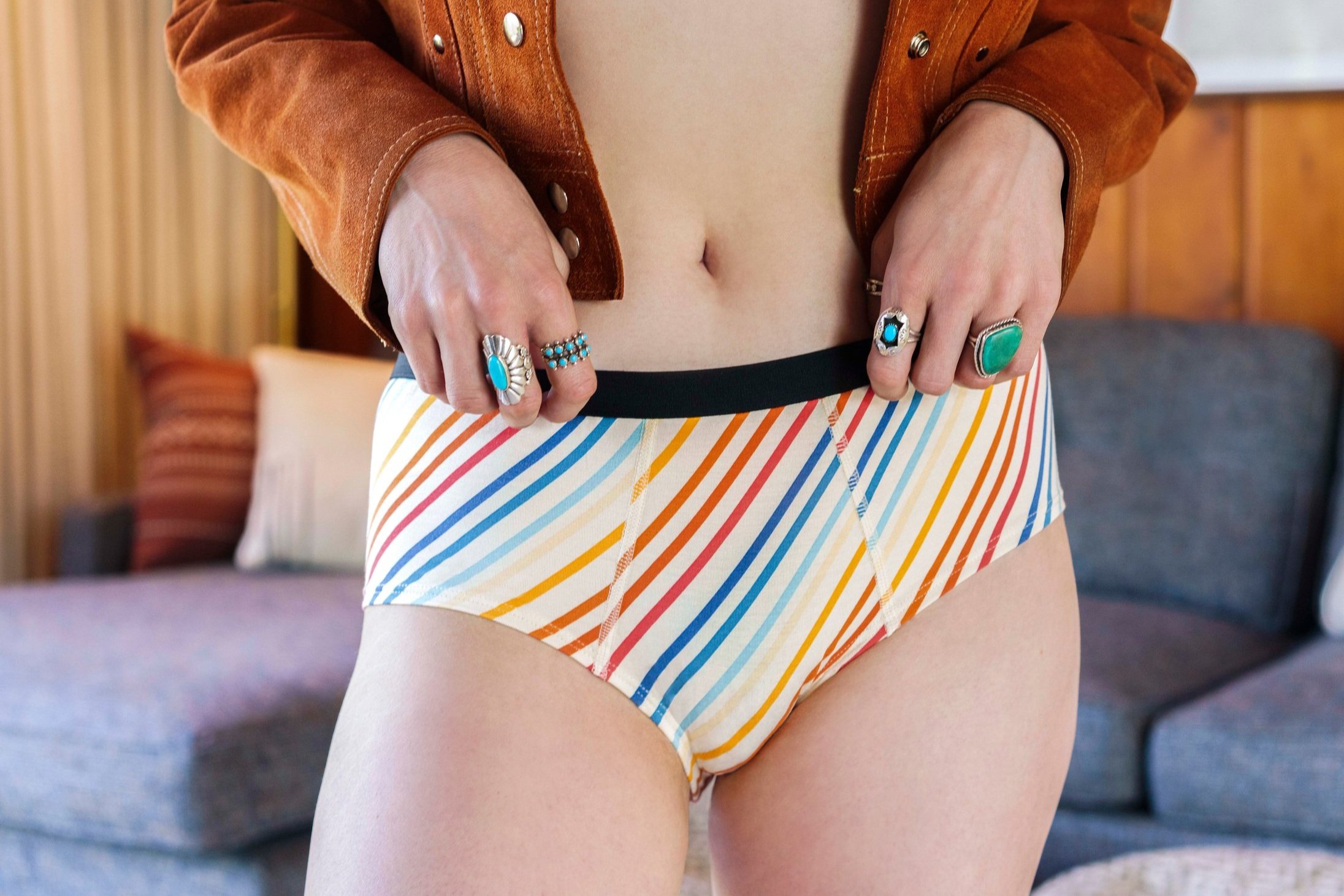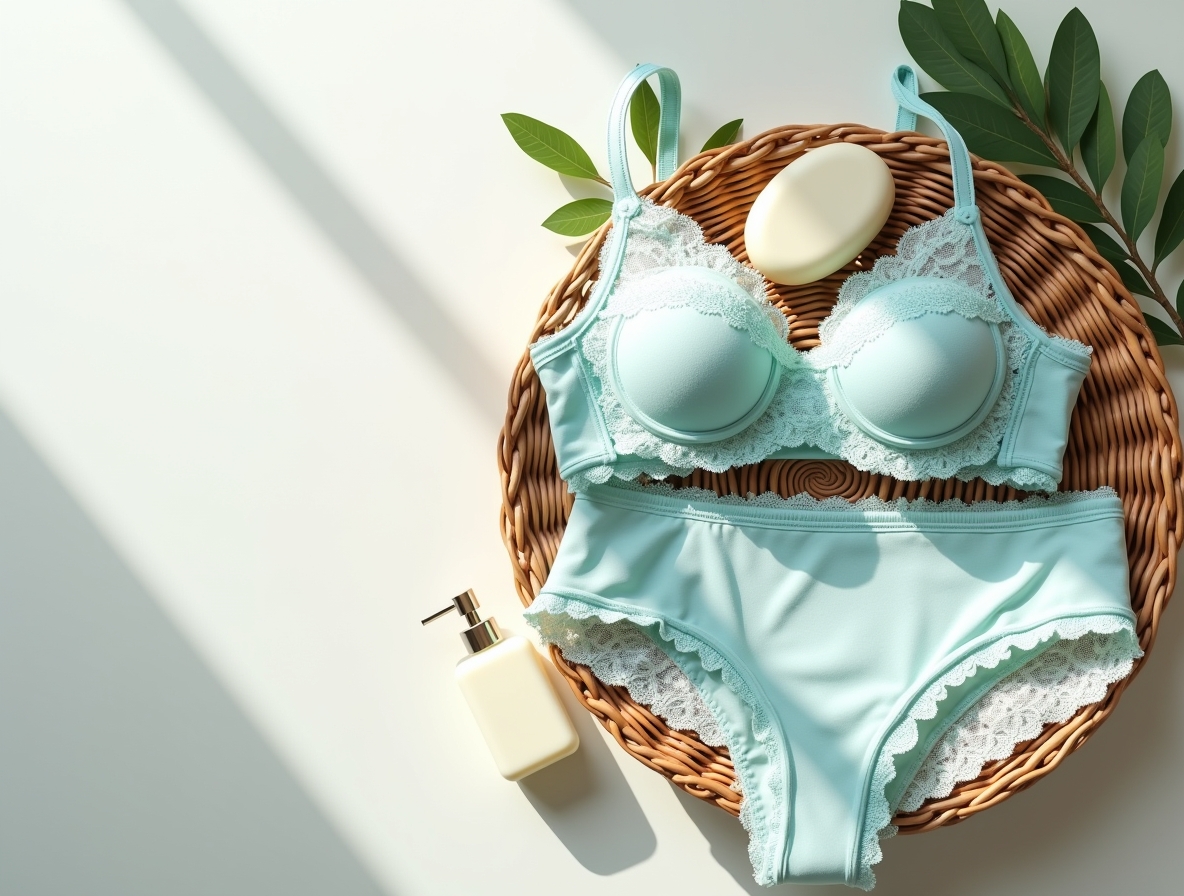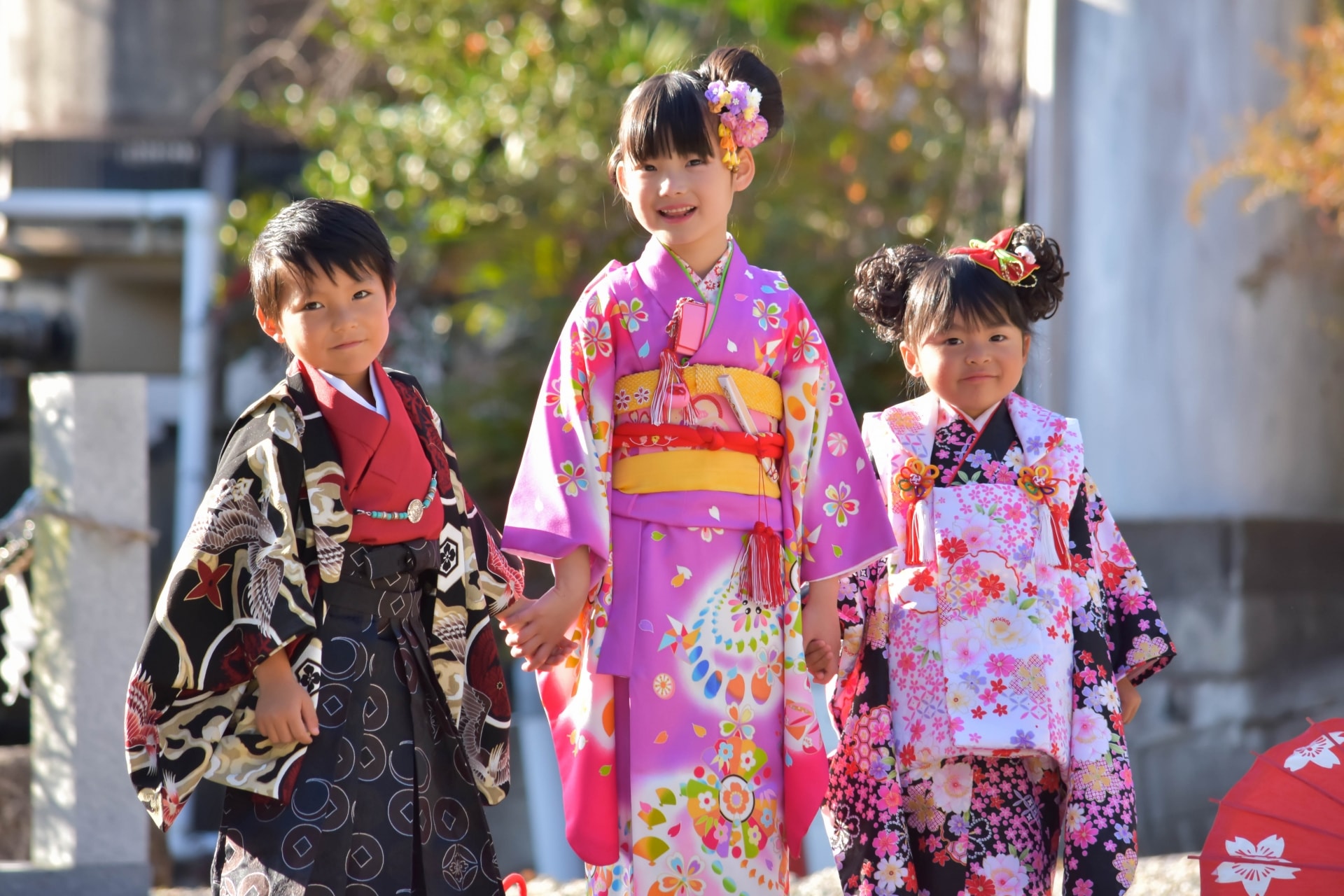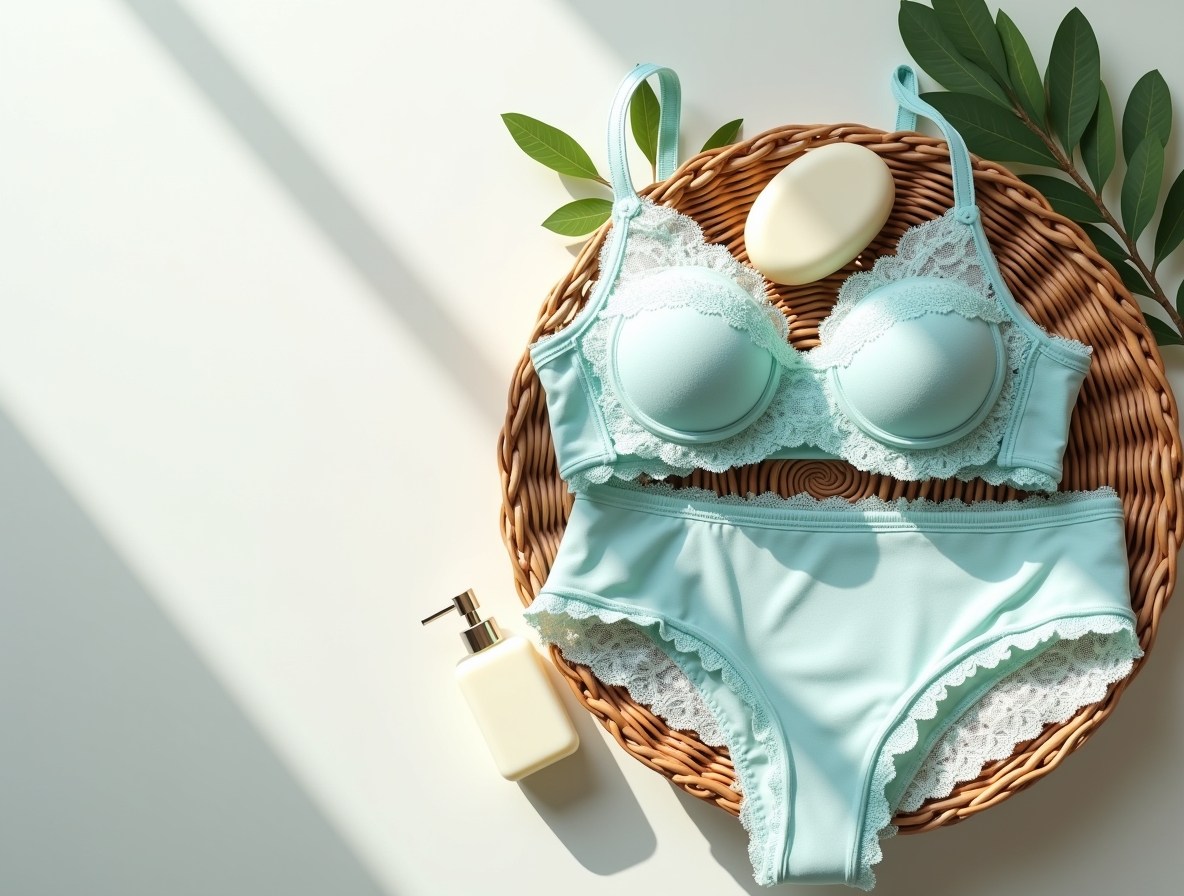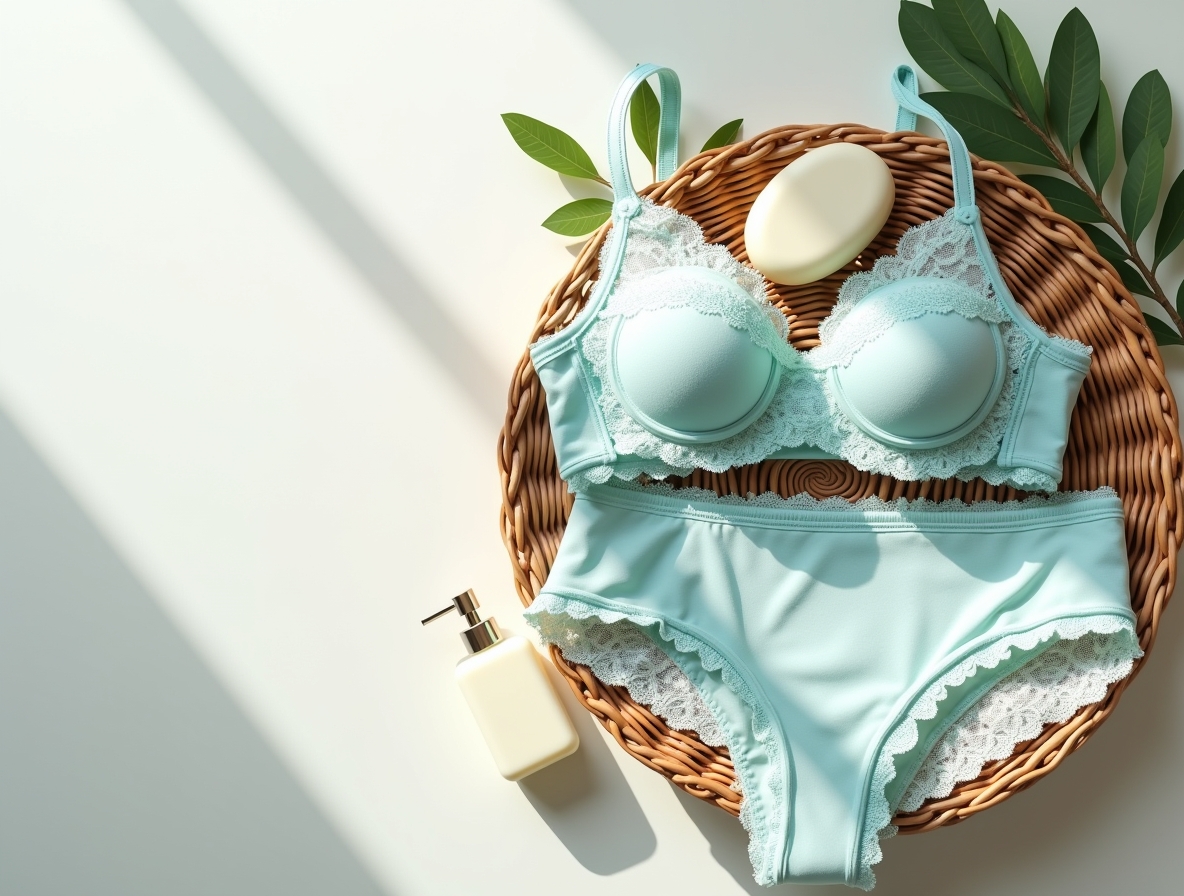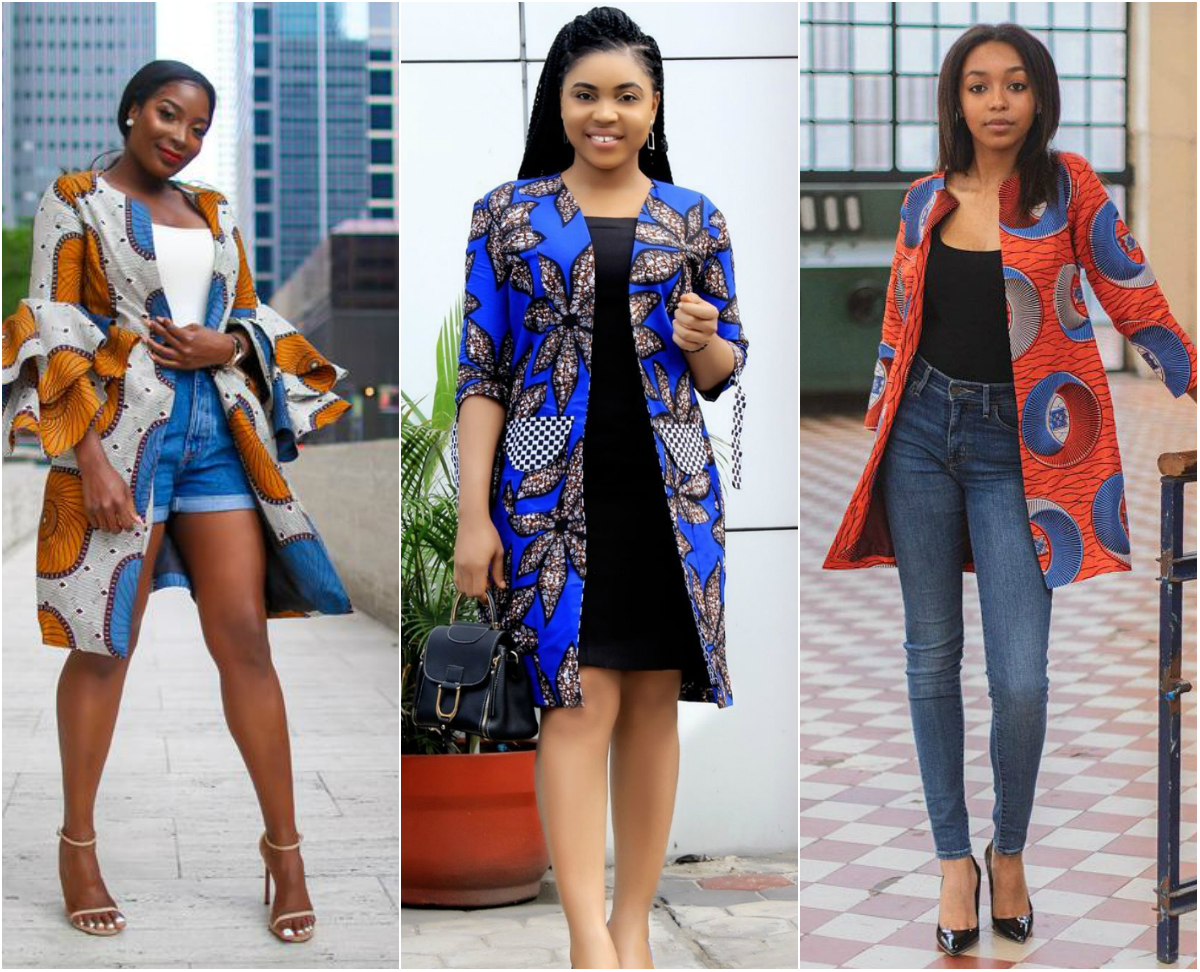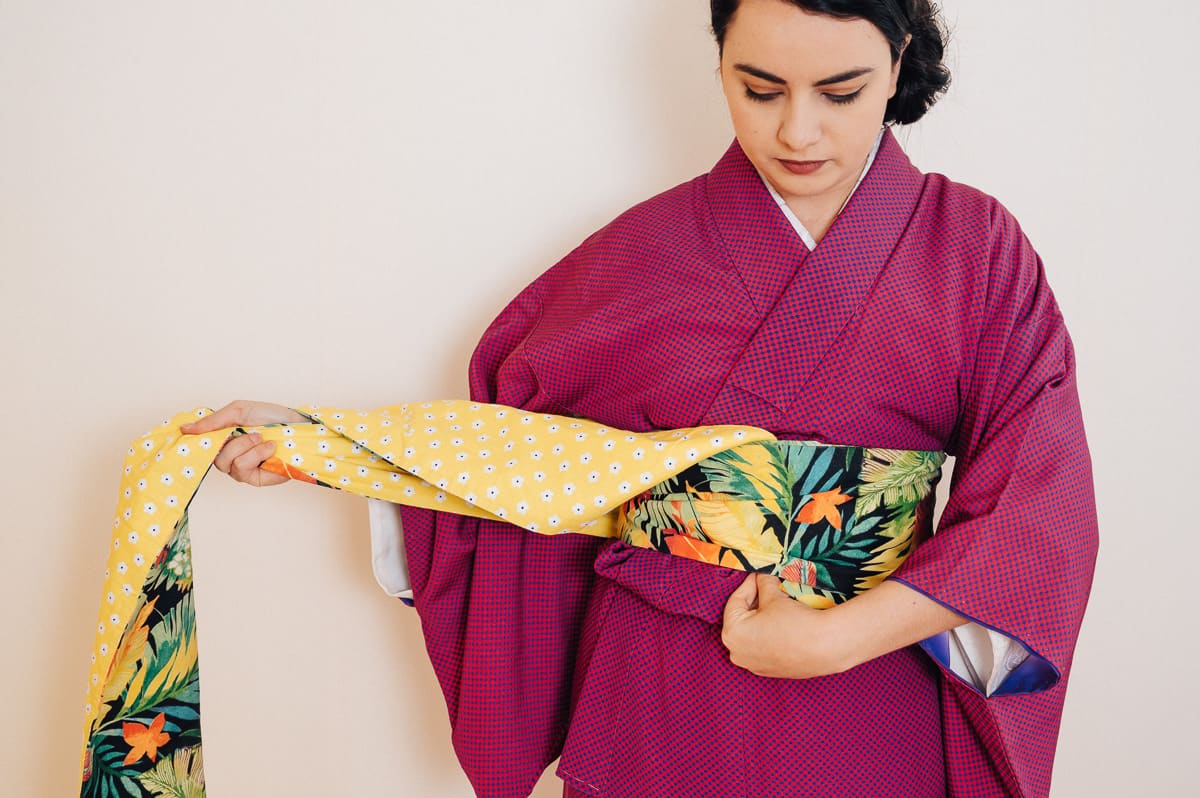Home>Latest Posts>What Is The Difference Between A Yukata And A Kimono
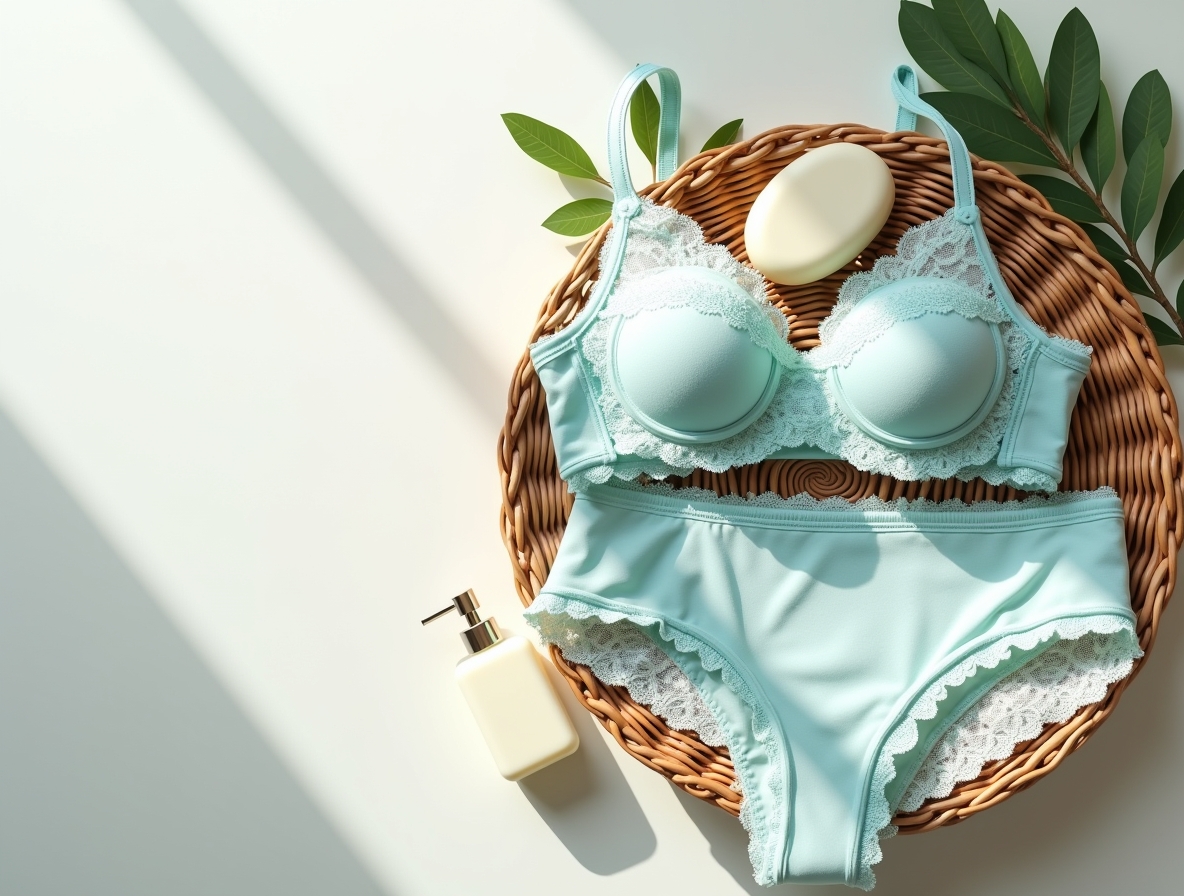

Latest Posts
What Is The Difference Between A Yukata And A Kimono
Modified: August 2, 2023
Discover the difference between a yukata and a kimono, and explore various types of underwear worn with these traditional Japanese garments.
(Many of the links in this article redirect to a specific reviewed product. Your purchase of these products through affiliate links helps to generate commission for Under-tec.com, at no extra cost. Learn more)
Table of Contents
Introduction
Welcome to the world of traditional Japanese attire! From the graceful elegance of the kimono to the breezy comfort of the yukata, these traditional garments have captivated people all over the world with their beauty and cultural significance. However, many may wonder: what is the difference between a yukata and a kimono?
The distinction between the two lies not only in their design and construction, but also in their origins and intended uses. In this article, we will delve into the fascinating world of yukata and kimono, exploring their unique characteristics and shedding light on their individual histories and cultural contexts.
While both garments are iconic symbols of Japanese culture, they each have their own distinct qualities that set them apart. Understanding these differences will not only enrich your knowledge of Japanese fashion, but also enable you to appreciate the cultural nuances embedded within each garment.
So, whether you’ve been curious about these traditional garments for a while or are just discovering their existence, join us as we embark on a journey to unravel the enchanting world of yukata and kimono.
Definition of Yukata
A yukata is a traditional Japanese garment that is commonly worn during the summer months and at festivals, hot springs, and other casual events. It is a lightweight and casual version of the more formal kimono, usually made from cotton or synthetic fabrics.
The word “yukata” is derived from the Japanese words “yu” (bath) and “katabira” (under clothing). Originally, yukata were worn as a type of bathrobe or nightclothes after bathing. Over time, they transitioned into a popular summer attire, especially during festivals and fireworks displays.
Yukata are characterized by their simple construction and relaxed fit. They are typically unlined and have straight-cut sleeves that are narrower and shorter than those of a kimono. The garment is wrapped around the body and secured with an obi belt, which is tied in a simple bow at the back.
Traditional yukata designs feature bold and vibrant patterns, such as floral motifs, geometric shapes, and nature-inspired elements. These designs often vary depending on the region and the occasion. For example, yukata worn at summer festivals may have lively prints and colors, while those worn at hot springs might have more subdued designs.
In recent years, there has been a rise in modern yukata styles that incorporate contemporary patterns and motifs, catering to a younger generation. These fashionable yukata often come in a range of colors and feature popular characters or trendy designs.
Whether you’re strolling through a summer festival or enjoying a relaxing day at a hot spring, wearing a yukata allows you to embrace the essence of Japanese tradition while staying cool and comfortable in hot weather.
Definition of Kimono
The kimono is a traditional Japanese garment that holds deep cultural significance and is often worn for formal occasions and special events. With its iconic silhouette and intricate craftsmanship, the kimono is considered a symbol of elegance, grace, and tradition.
The term “kimono” literally translates to “thing to wear” in Japanese. Kimonos are typically made from silk or other high-quality fabrics and are known for their exquisite handcrafted details, such as embroidered designs, dyed patterns, and elaborate obi belts.
Kimono designs vary greatly depending on the occasion, season, and the wearer’s age and status. Formal kimono often feature traditional motifs, such as cherry blossoms, cranes, and waves, while more casual and contemporary styles may incorporate modern patterns and colors.
The structure of a kimono is distinct, with long, wide sleeves and a wrap-around design secured with an obi belt. The length and style of the sleeves, known as “furisode,” “tomesode,” or “tsumugi,” can indicate the formality of the occasion. Furisode, with their long, flowing sleeves, are often worn by unmarried women on special occasions like weddings, while tomesode are more commonly worn by married women.
Kimono are not only worn as clothing but also as art pieces. Many kimono have exquisite hand-painted scenes or intricate woven patterns that reflect Japan’s rich cultural and artistic heritage. Some kimono designs are even approved by the government as national treasures or important cultural assets.
While the kimono has traditionally been worn by both men and women, its popularity has declined in recent years, giving way to Western-style attire. However, there has been a revival in kimono appreciation, with a renewed interest in preserving and celebrating this iconic garment.
Whether worn for formal ceremonies, cultural events, or as a fashion statement, the kimono continues to embody the timeless beauty and traditions of Japan.
Origin of Yukata
The origins of the yukata can be traced back to the Heian period (794-1185) in Japan. During this time, yukata were initially worn as undergarments during the hot and humid summer months. They were made from lightweight and breathable fabrics, such as hemp, to provide relief from the heat.
Over time, the yukata evolved from being purely functional to becoming a popular garment worn after bathhouses or hot spring visits. People would change into yukata as a form of relaxation and to enjoy the comfortable and airy feeling against their skin.
During the Edo period (1603-1868), yukata became more accessible to the general public. With the rise of traveling and leisure activities, yukata were worn during festivals, fireworks displays, and other social gatherings. It became a fashionable choice for both men and women to don during these events.
As Japan’s textile industry developed, the production of yukata expanded, with various patterns and designs becoming available. The vibrant and colorful prints became a defining characteristic of the yukata, symbolizing the festive and joyful spirit of the wearers.
Today, the yukata remains a beloved and cherished traditional garment in Japanese culture. It is still commonly worn during summer festivals, fireworks displays, and other casual events. Many Japanese inns and hot springs provide yukata for guests to wear, allowing them to experience the comfort and relaxation associated with this traditional attire.
The yukata’s rich history and cultural significance continue to be celebrated, ensuring its place as a beloved part of Japan’s traditions and heritage.
Origin of Kimono
The kimono has a long and storied history that dates back over a thousand years in Japan. Its origins can be traced to the Heian period (794-1185), where it initially served as a form of clothing for the aristocracy and nobility.
During this time, the kimono was a straight-line, T-shaped garment that was wrapped around the body and fastened with a sash known as an obi. The fabric used for kimono was mostly silk, emphasizing the wearer’s social status and wealth.
As time went on, the kimono became more accessible to the general population, and its design and construction evolved. New dyeing techniques, such as yuzen and shibori, allowed for intricate and colorful patterns to be applied to the fabric, enhancing the kimono’s aesthetic appeal.
During the Edo period (1603-1868), Japan experienced a period of isolation, known as Sakoku, where foreign influences were restricted. This contributed to the development of a distinct and unique Japanese kimono style. Different regions of Japan began to develop their own variations of the kimono, with specific patterns, colors, and designs that represented their local culture.
The kimono took on significant cultural and symbolic meaning during this period. The choice of fabric, pattern, and color conveyed messages about the wearer’s social status, age, and marital status. Kimono became an intricate part of traditional ceremonies, such as weddings, tea ceremonies, and coming-of-age celebrations.
However, with the modernization of Japan in the late 19th and early 20th centuries, the popularity of the kimono gradually declined as Western-style clothing gained prominence. The kimono became more associated with formal occasions rather than everyday wear.
Despite the decline in everyday use, the kimono remains a cherished symbol of Japanese tradition and cultural heritage. It is still worn for special events, festivals, and formal occasions, allowing people to connect with their roots and celebrate the timeless elegance of this iconic garment.
The history of the kimono is infused with the artistry and craftsmanship of generations past, preserving the beauty and traditions of Japan’s rich cultural heritage.
Fabric and Design of Yukata
Yukata are typically made from lightweight and breathable fabrics, with cotton being the most common choice. They are designed to be comfortable and suitable for hot and humid summer weather.
The cotton fabric used for yukata is known for its softness and breathability, allowing air to circulate and keeping the wearer cool. It is also absorbent, making it suitable for use after bathing or visiting hot springs.
Traditionally, yukata were made from indigo-dyed cotton fabric, giving them a distinct blue color. However, modern yukata now come in a wide range of colors and patterns, from vibrant and bold prints to more subdued and elegant designs.
Yukata designs often incorporate elements inspired by nature, such as flowers, plants, animals, and landscapes. Popular motifs include cherry blossoms, peonies, waves, and butterflies. These patterns are often carefully crafted through dyeing techniques like yuzen or using stencil designs called katazome.
Yukata can feature all-over prints or simpler designs on the back and sleeves, with solid-colored fabric on the front. The patterns are often distributed asymmetrically, adding visual interest and a sense of dynamism to the garment.
In recent years, there has been a rise in modern yukata styles that feature contemporary patterns, such as geometric shapes, stripes, polka dots, and even pop culture characters. These variations cater to a younger generation and offer a more fashion-forward approach to wearing yukata.
The length of a yukata may vary depending on personal preference and occasion. Some yukata fall just below the knee, while others may reach the ankles. Shorter-length yukata are often chosen for casual events and outdoor activities, while longer yukata are preferred for more formal occasions.
Whether adorned with traditional or modern designs, yukata continue to be a charming and comfortable choice for enjoying summer festivities and embracing the beauty of Japanese craftsmanship and artistry.
Fabric and Design of Kimono
Kimonos are known for their exquisite fabrics and intricate designs, making them true works of art. The choice of fabric plays a significant role in the overall aesthetic and feel of a kimono.
Traditional kimono are often made from silk, which is known for its luxurious texture and lustrous appearance. Silk kimonos drape elegantly and are prized for their smoothness and durability. However, silk can be quite expensive, and alternative fabrics like polyester or rayon blends are commonly used for more affordable options.
The designs and patterns on a kimono are created through various techniques, such as dyeing, weaving, and embroidery. One well-known dyeing technique is yuzen, which involves hand-painting intricate designs onto the fabric using a special resist paste and then applying dyes to bring the design to life.
Another dyeing technique used in kimono design is shibori, which involves creating patterns by folding, twisting, or binding the fabric before dyeing it. This technique creates unique and beautiful repeating patterns, adding depth and texture to the kimono’s design.
Kimono designs often draw inspiration from nature, incorporating motifs such as flowers, birds, seasonal landscapes, or traditional Japanese symbols. These designs may be bold and vibrant or subtler and more subdued, depending on the intended use of the kimono and personal preferences.
The placement of the design on the kimono is meticulously thought out. The back of a kimono, known as the otaiko, often features the most elaborate and eye-catching pattern, while the front and sleeves may have simpler designs to complement the overall aesthetic.
In addition to the fabric and design, the obi belt worn with a kimono is also an important element. The obi is often wide and long, made from silk, and intricately tied in a variety of styles to enhance the overall look of the kimono.
Contemporary kimono designs have also emerged, combining traditional elements with modern influences. These modern kimono may feature abstract patterns, bright colors, and unconventional motifs, appealing to both younger generations and those seeking a more individualized style.
The fabric choices and design intricacies of a kimono reflect the rich cultural heritage of Japan, showcasing the expertise and artistry of Japanese craftsmen and artisans throughout the ages.
Differences in Structure and Construction
While the yukata and kimono share similarities in their overall style and appearance, there are distinct differences in their structure and construction.
The yukata is typically more casual and relaxed in its construction. It has straight-cut sleeves that are narrower and shorter than those of a kimono. Yukata are generally unlined, making them lightweight and suitable for warm weather. They are often secured with a simple bow at the back using a narrow obi belt.
In contrast, the kimono has a more formal and structured design. The sleeves of a kimono tend to be wider and longer, flowing gracefully down the arms. Kimono are usually fully lined with a soft fabric, adding weight and structure to the garment. They are secured with a wide obi belt, which can be tied in intricate and elaborate styles.
The shapes of the yukata and kimono also differ. Yukata are typically more straight and have a looser fit, allowing for ease of movement and comfort. On the other hand, kimono have a more elongated and slender silhouette, accentuating the natural curves of the body.
Another notable difference lies in the formality and occasions for which they are worn. While yukata are considered more informal and suitable for casual events like summer festivals and hot spring visits, kimono are reserved for formal occasions such as weddings, tea ceremonies, and other ceremonial events.
When it comes to the patterns and designs, yukata tend to feature bold and vibrant prints, often inspired by nature and are associated with summertime festivities. Kimono, on the other hand, have a wider range of designs, from intricate and traditional motifs to more subtle and elegant patterns, reflecting the occasion and the wearer’s status.
Overall, the differences in structure and construction of yukata and kimono highlight their distinct purposes and aesthetics. Whether embracing the casual comfort of a yukata or the formal elegance of a kimono, both garments offer a unique and beautiful representation of Japanese culture and artistry.
Use and Occasions of Yukata
Yukata hold a special place in Japanese culture and are commonly worn for various occasions and events, particularly during the summer months. They are known for their casual and comfortable style, making them perfect for a range of social gatherings and traditional activities.
One popular occasion where yukata are worn is during summer festivals, known as “matsuri.” These lively and vibrant events are held throughout Japan and feature music, dance, and food stalls. Wearing a yukata to a matsuri adds to the festive atmosphere and allows individuals to fully immerse themselves in the traditional festivities.
Yukata are also frequently worn when visiting hot springs or public baths. After bathing, it is customary to change into a yukata as a form of relaxation and comfort. Many ryokans (traditional Japanese inns) and onsens (hot springs) provide yukata for their guests to wear during their stay, creating a serene and authentic Japanese experience.
Summer fireworks displays, called “hanabi,” are another occasion where yukata are commonly worn. These dazzling spectacles of lights and colors provide the perfect backdrop for the vibrant and cheerful patterns of yukata.
Additionally, yukata may be worn for casual outings, such as picnics in the park or evening strolls. The lightweight fabric and breathable design of yukata make them ideal for staying cool and comfortable in hot and humid weather.
While traditionally associated with summertime, yukata can also be worn during other seasons for specific events or themed parties. Some restaurants, cafes, and theme parks offer yukata rentals for visitors to experience the cultural charm and elegance of wearing a yukata, regardless of the time of year.
Regardless of the occasion, wearing a yukata allows individuals to embrace the rich traditions and aesthetics of Japan while expressing their personal style. It is a unique and delightful experience that connects people to the cultural heritage of the country and its love for celebration and beauty.
Use and Occasions of Kimono
The kimono is a traditional garment that holds a special place in Japanese culture and is worn for various formal and ceremonial occasions. Its timeless beauty and elegance make it suitable for a range of events that require a touch of sophistication and traditional charm.
One of the most significant occasions for wearing a kimono is weddings. Kimono are often worn by the bride, groom, and close family members during traditional Japanese wedding ceremonies. The intricate designs and luxurious fabrics of the kimono add a sense of grandeur and symbolism to the solemnity and joy of the celebration.
Another notable occasion for wearing a kimono is tea ceremonies. Tea ceremonies, known as “chado” or “sado,” are an integral part of Japanese culture and are often performed in beautifully crafted tea houses. Guests will choose their kimono carefully, selecting colors and designs that reflect the season and their individual taste.
Kimono are also worn during festivals and traditional events throughout the year. For example, during the cherry blossom season, many people dress in kimono to enjoy hanami (flower viewing) parties. Schools and universities often hold graduation ceremonies where female students wear furisode, a type of kimono with long flowing sleeves, symbolizing youth and the transition into adulthood.
The Japanese coming-of-age ceremony, known as “Seijin no Hi,” is another occasion where young adults wear kimono. This ceremony celebrates individuals who have reached the age of 20, marking their transition into adulthood in Japanese society.
Additionally, cultural performances, theater shows, and traditional dance events often feature performers dressed in kimono. The kimono adds authenticity and historical value to these performances, allowing audiences to appreciate the artistry and grace of Japanese traditions.
While kimono were historically worn as everyday attire, their use in daily life has become less common in modern Japan. However, there is a growing movement to revive the wearing of kimono in contemporary settings, with some individuals choosing to incorporate them into their fashion choices for special outings or events.
Wearing a kimono not only showcases the beauty and elegance of Japanese craftsmanship but also serves as a way to honor and preserve the country’s rich cultural heritage. It allows individuals to connect with Japan’s traditions and embrace the grace and timeless allure of this iconic garment.
Similarities between Yukata and Kimono
While the yukata and kimono have distinct characteristics and purposes, they also share several similarities that highlight their common roots in Japanese culture and tradition.
One of the main similarities between yukata and kimono is their overall style and silhouette. Both garments feature a wrap-around design that is secured with a belt, known as an obi. This wrap-around style creates a graceful and elegant look, enhancing the wearer’s posture and natural curves.
Both yukata and kimono are representative of Japanese craftsmanship and attention to detail. They are meticulously crafted using traditional techniques, such as dyeing, weaving, and embroidery. These techniques create intricate and beautiful designs that reflect the cultural heritage and artistic skills of generations past.
Another similarity is the use of traditional patterns and motifs. Both yukata and kimono often feature nature-inspired designs, such as flowers, birds, and landscapes. Cherry blossoms, peonies, and waves are popular motifs seen in both garments, connecting them to Japan’s natural beauty and seasonal changes.
Both garments are worn with care and attention to proper etiquette. The way the obi is tied and the overall presentation of the outfit is significant, as it symbolizes respect for tradition and the occasion. Wearing yukata or kimono requires a level of knowledge and understanding of the appropriate style and manner in which to wear them.
Despite the differences in their formality, occasions, and fabrics, both yukata and kimono serve as a way to honor and perpetuate Japanese heritage. They are visual representations of the country’s rich cultural tapestry and offer a glimpse into the customs and values deeply ingrained in Japanese society.
Whether donning a yukata for a summer festival or adorning a kimono for a formal ceremony, wearing these traditional garments allows individuals to embrace the elegance and beauty of Japanese culture. Both yukata and kimono are symbols of tradition, artistry, and the enduring allure of Japan’s fashion legacy.
Conclusion
The yukata and kimono are iconic traditional garments that have captivated people with their beauty, cultural significance, and attention to detail. While they each have their unique characteristics, both garments showcase the craftsmanship and artistry of Japanese culture.
The yukata, with its lightweight fabric and casual design, is perfect for summer festivals, hot springs, and other casual events. Its vibrant patterns and comfortable fit allow wearers to embrace the carefree spirit of summertime festivities.
On the other hand, the kimono represents elegance and formality, often worn for special occasions such as weddings, tea ceremonies, and cultural performances. It is a symbol of Japan’s rich heritage, with its luxurious fabrics, intricate patterns, and meticulous construction.
Both yukata and kimono offer wearers a unique way to connect with Japanese traditions and express their appreciation for the country’s artistry and aesthetics. Wearing these garments allows individuals to immerse themselves in the cultural fabric of Japan, bringing to life centuries of history and tradition.
Whether it’s the relaxed charm of a yukata or the refined elegance of a kimono, these garments have the power to transport wearers and observers alike to a world where beauty, tradition, and cultural heritage intertwine.
So, whether you’re donning a yukata at a summer festival, admiring the grace of a kimono-clad bride, or simply appreciating the rich history and artistry behind these traditional garments, the yukata and kimono remind us of the enduring beauty of Japan’s cultural legacy.
